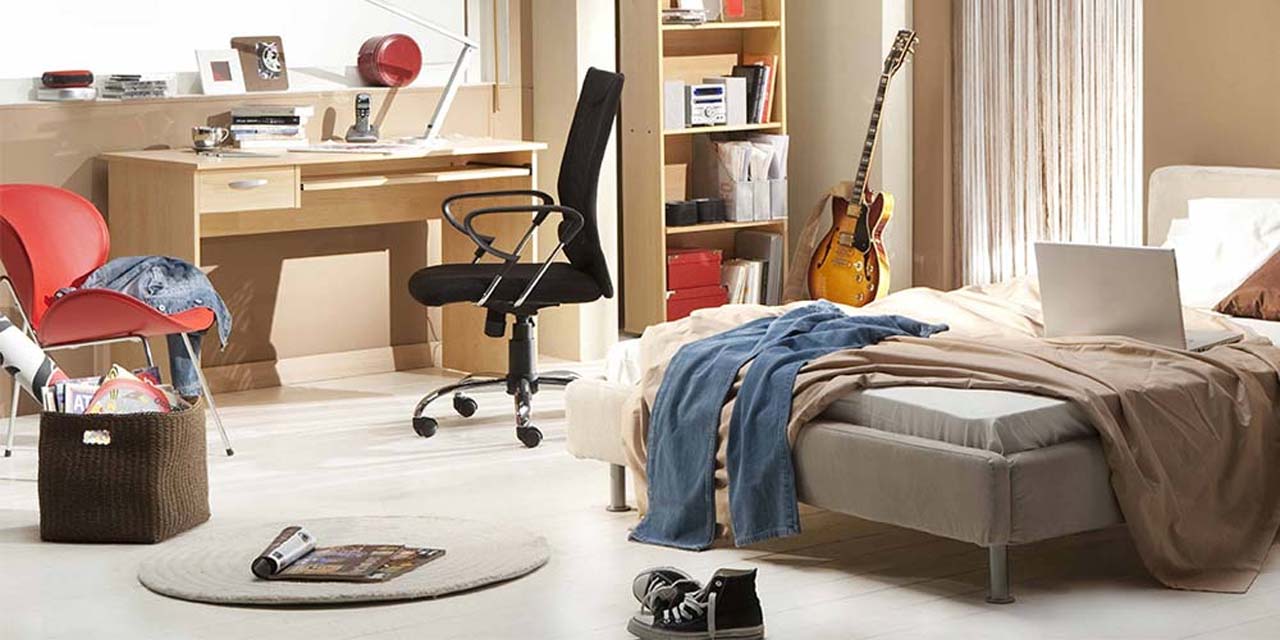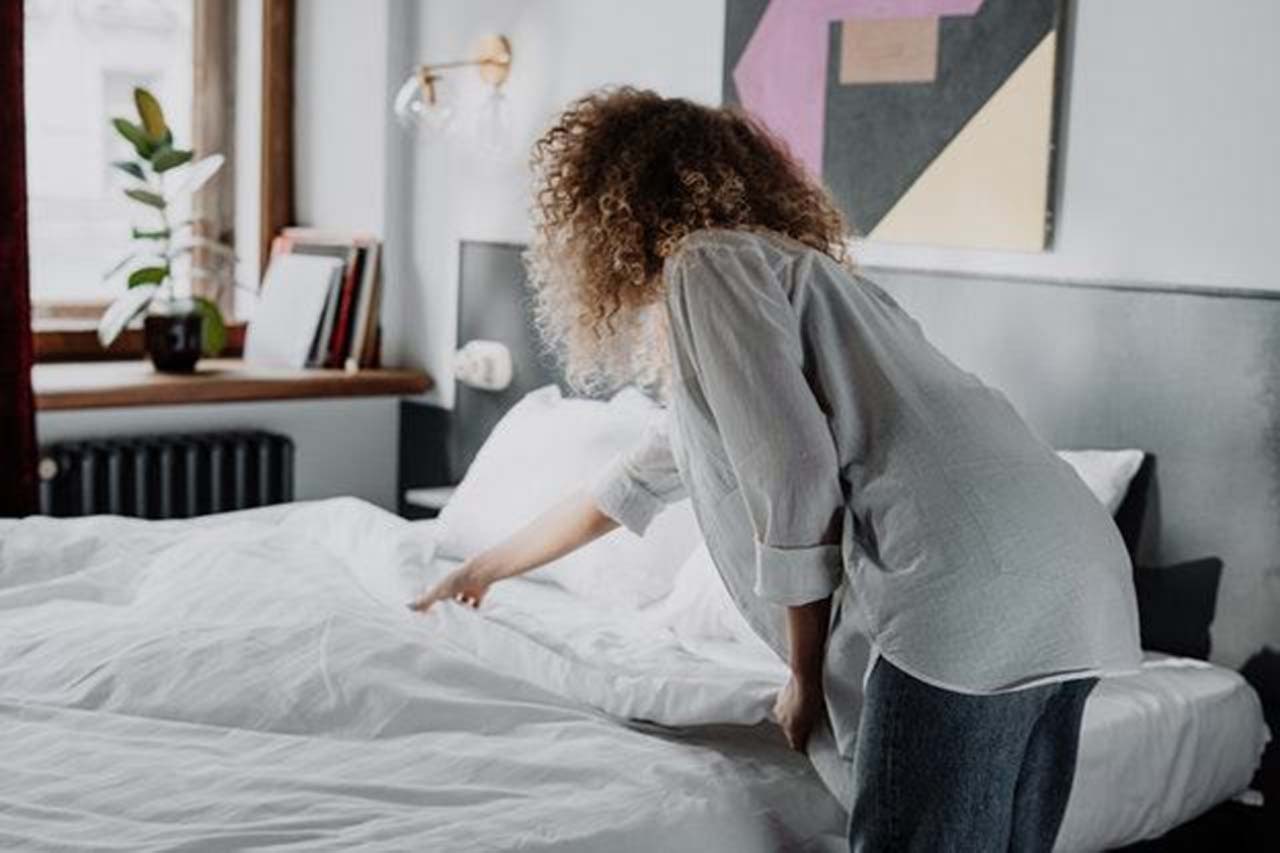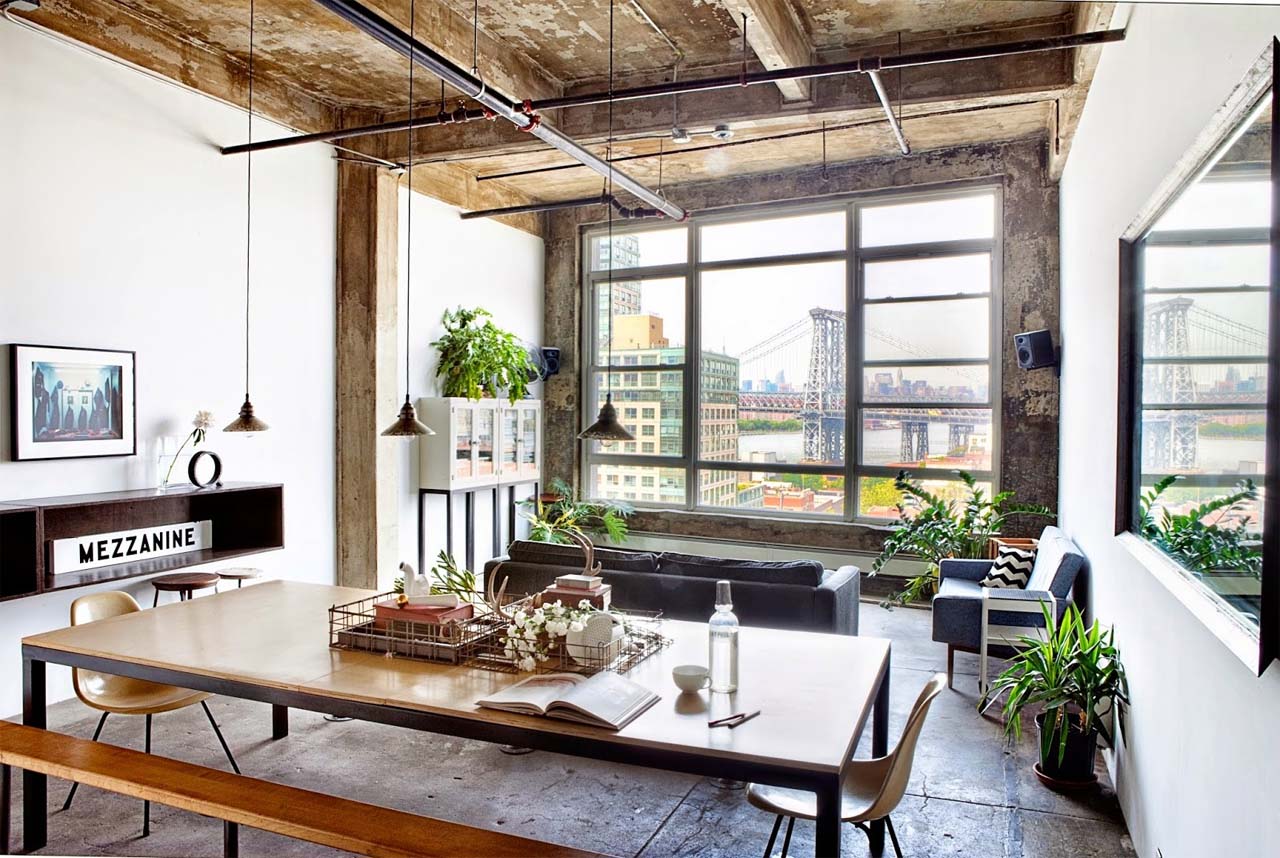Sleep hygiene refers to the habits and practices you use to help support healthy and restful sleep. One of the most common methods of practicing good sleep hygiene is creating a calming and restful environment that’s conducive to rest, but what does that mean? For many people, it begins with their bedroom decor. With a few changes to your space that incorporate minimalist bedroom ideas and a focus on creating calm, you may find that it’s easier to fall — and stay — asleep and that you feel more rested and ready to conquer the day.
Here are some of the most effective ways to create a more restful bedroom.
-
Clear The Clutter

When every surface of your bedroom is covered with knick-knacks, clothing, and books, it can feel overwhelming — and affect your sleep. Studies have found a direct correlation between clutter and sleep, as it can increase stress and prevent you from fully winding down. Clearing the clutter and putting everything in its place can have an almost instant effect on your peace of mind. Invest in attractive organizational solutions to keep belongings contained and develop habits that prevent clutter from building up. Even just putting dirty clothes in the hamper or hanging them up instead of draping them over a chair can help.
-
Make Your Bed An Oasis

.tdi_67_fce.td-a-rec{text-align:center}.tdi_67_fce .td-element-style{z-index:-1}.tdi_67_fce.td-a-rec-img{text-align:left}.tdi_67_fce.td-a-rec-img img{margin:0 auto 0 0}@media (max-width:767px){.tdi_67_fce.td-a-rec-img{text-align:center}}
Your bed is the focal point of your room and sets the tone for the rest of the space. Spend some time making your bed as comforting and inviting as possible. Good quality bedding doesn’t just last for years, but can also help you sleep better. For instance, if you tend to sleep warm, investing in cooling bamboo or Egyptian cotton sheets can help you stay calm and rest well.
-
Choose Calming Colors

Generally speaking, neutral colors and shades of blue and green tend to be the most restful, and are a good choice for bedrooms. You can always add brighter pops of coordinating colors with accessories to add interest without overwhelming the space. You aren’t limited to pastels or pale shades, either. Darker shades can also be very restful when paired with white or neutrals to create a cozy and inviting space.
-
Be Intentional With Lighting

One aspect of sleep hygiene is creating a dark space that supports sleep. Hang room darkening curtains and shades to keep light from streetlights, headlights, or the night sky from keeping you awake. That said, when choosing lamps to provide light while you read or get ready for bed, opt for accent lightings such as sconces or table lamps. Replace bright white bulbs with those that emit a warmer glow to create a cozy ambiance. Avoid harsh overhead lighting, especially recessed lighting, which can be too bright for relaxation. Installing a dimmer switch on overhead lights can help with this issue also.
-
Ditch The Tech

Technology, including televisions and smartphones, are known to disturb sleep. Not only are they distractions that keep you awake, but they also emit blue light that disrupts Circadian rhythms, making it harder to sleep when you want to. For a more calming and restful bedroom, make it a tech-free zone. Remove the television and leave your smartphone, tablet, and computer in another room at night. If you must have your phone nearby, stash it in a bedside drawer where notifications won’t tempt you while you’re trying to nod off.
-
Incorporate Nature

Finally, bringing some natural elements into the area, such as plants, can help create a more restful space. Live plants can also help purify the air and increase oxygen, which can help reduce anxiety and stress and improve sleep.

